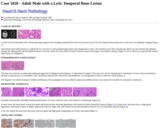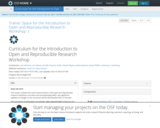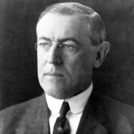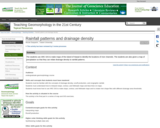(This case study was added to OER Commons as one of a batch of over 700. It has relevant information which may include medical imagery, lab results, and history where relevant. A link to the final diagnosis can be found at the end of the case study for review. The first paragraph of the case study -- typically, but not always the clinical presentation -- is provided below.)
The patient is a Caucasian male in his 50s with a past medical history of hypertension complaining of "fever, headache, and sore throat." The patient stated that his symptoms began with a sore throat approximately five days prior to admission, followed by fever with a Tmax of 38oC and headache one day prior to admission. He described the headache as moderate to severe in intensity, sharp in nature, and unilateral, being present on the right maxillary and mandibular areas of his face, with radiation to the right neck. He denied cough, dyspnea, photophobia, rash, rhinorrhea, dysphagia, diarrhea, recent travel or sick contacts.
The patient's only outpatient medications are anti-hypertensives. He has chewed tobacco for over 30 years. He denied intravenous or other illicit drug use. Family history is noncontributory.
Physical examination revealed a temperature of 38.3oC, respiratory rate 15, pulse 99, blood pressure 182/110 and pulse oximetry 98% on room air. The remainder of the exam was negative except for poor dentition and pain with palpation of the right mandible and right submandibular region. There was no meningismus, neurologic deficits, or heart murmurs.
Laboratory results were significant for a white blood cell count of 12.5 x 109/L with 91% neutrophils and 4% lymphocytes.



















